Devil’s Lair
Cave – grotto with a 6.6 m thick layer of sediments. Archaeological research in the cave has provided valuable knowledge about the past of Australia. Human occupation in the cave started around 48,000 years ago.
Depuch Island rock art
Rocks and boulders on this small island are covered with rock art by Ngaluma people to whom it is an important site of legends.
Tunnel Creek
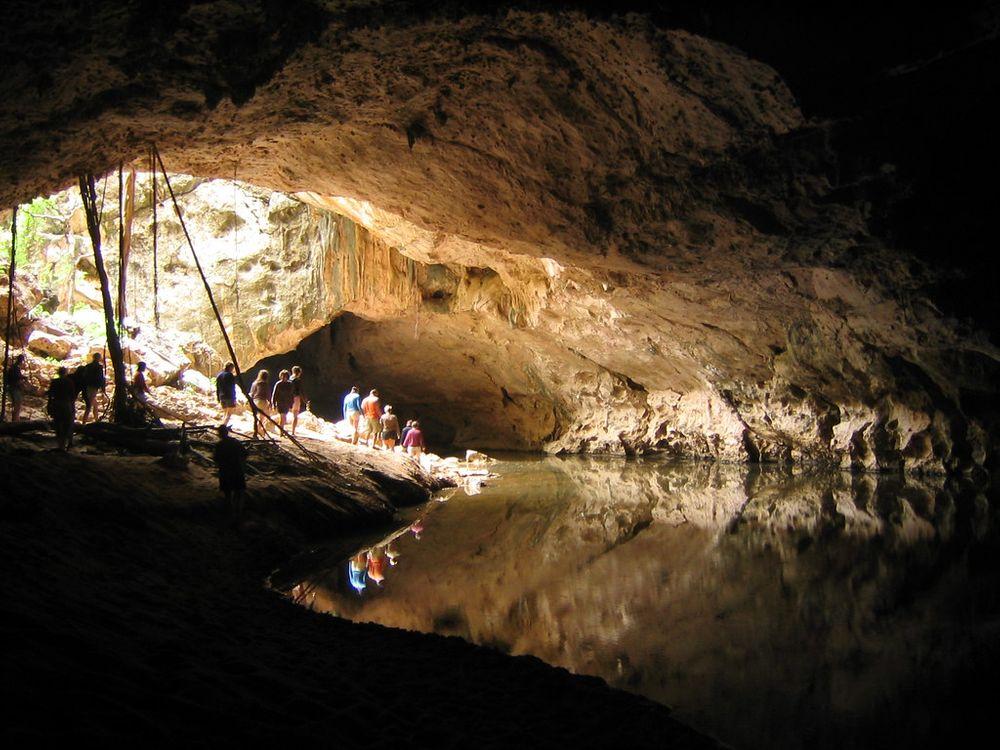
Approximately 750 m long cave – a tunnel with a stream running through it. This is a very old cave system, approximately 20 million years old. Amazing speleothems, aboriginal drawings. Freshwater crocodiles have been seen in the cave.
Abracurrie Cave
Possibly the largest single cave chamber in the southern hemisphere, with a volume of some 150 thousand cubic meters. Contains Aboriginal stencils – the deepest native cave art in Australia.
Walga Rock
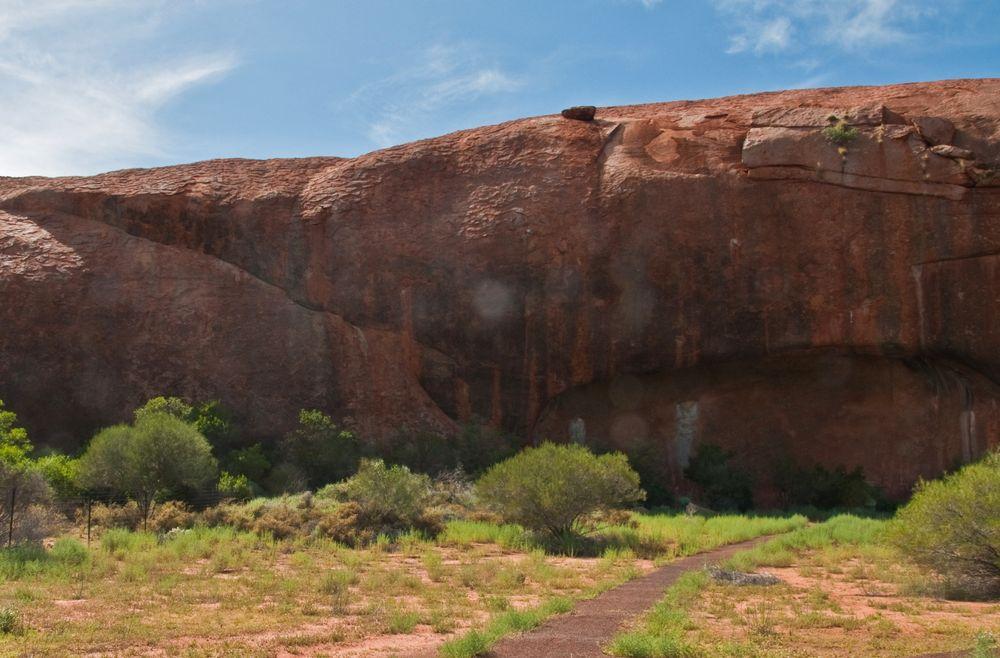
Cave with extensive cliff art galleries. Here is also a drawing of an European sailing ship (contact art), most likely from the late 19th century. Such contact art is met in several locations of Australia. Other drawings are much older.
Weipa shell mounds
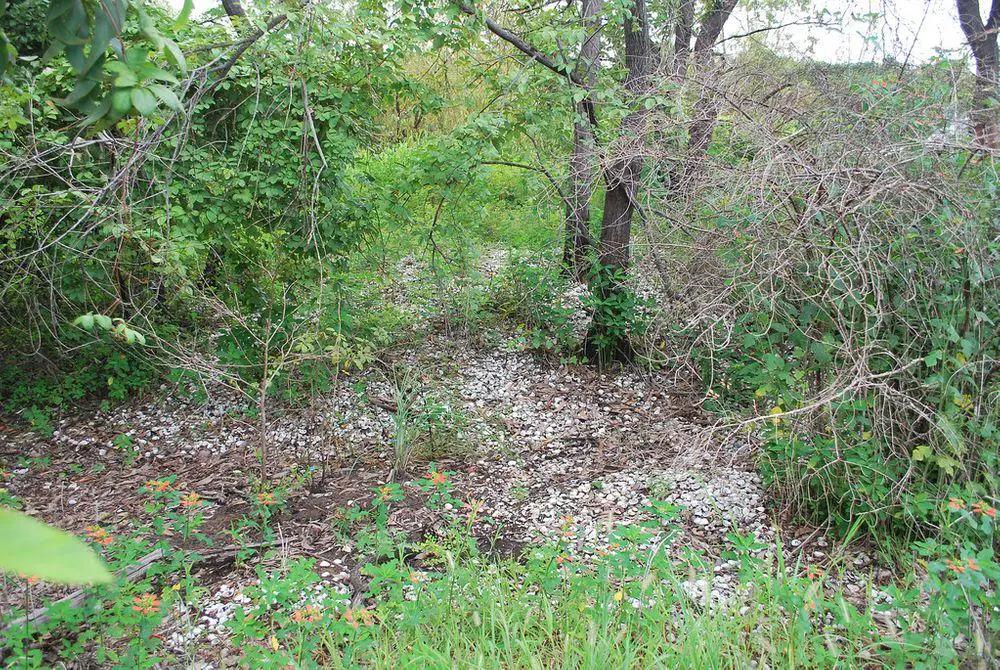
Some 600 human-built mounds of shellfish Anadara granosa, including ridges that are several hundred meters long and up to 13 meters high, up to 1,200 years old. Origin and purpose of these structures is not completely clear.
Tully River dendroglyphs in Upper Charapa
Seven carved trees with diverse designs. Dendroglyphs are characteristic monuments of Aboriginal culture, characteristic in the New South Wales and also neighboring regions.
Samford Bora rings
Some of the best-preserved earthen rings – unique ritual structures for male initiation ceremonies. In total, in the eastern part of Australia, there are some 426 such structures. Today there is not much to see in the site.
Ngarrabullgan Cave
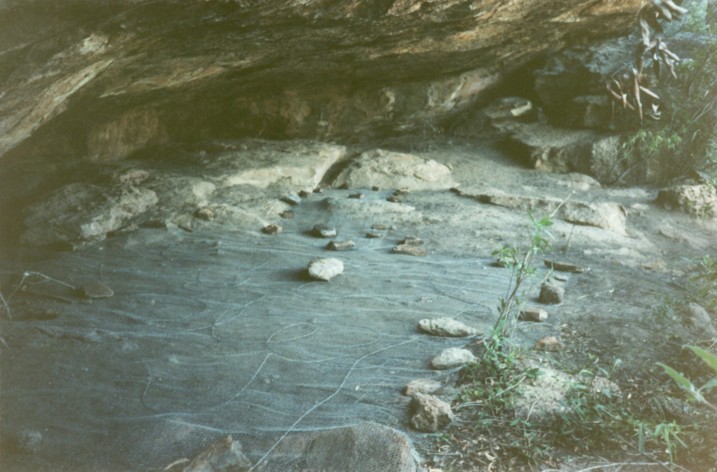
The oldest known human settlement in Queensland, over 37,000 years old. Cave floor has 27 layers of habitation.
Mungo Lady
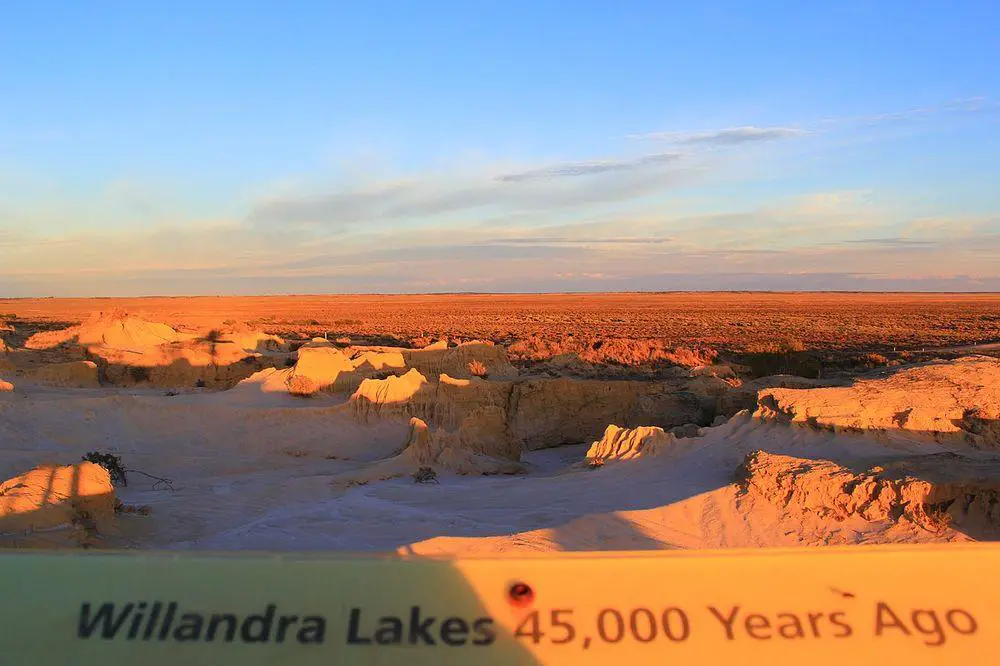
Find of the oldest cremated human remains in the world. Contrary to the name it seems that here rests a male, who was cremated and sprinkled with red ocher some 41,000 (or even 42,000) years ago. This is the oldest use of ocher for burials in the world. Nearest find of ocher is some 200 km from this site.
